Dense Stonecrop,
Dense Crassula
Display all 19 images
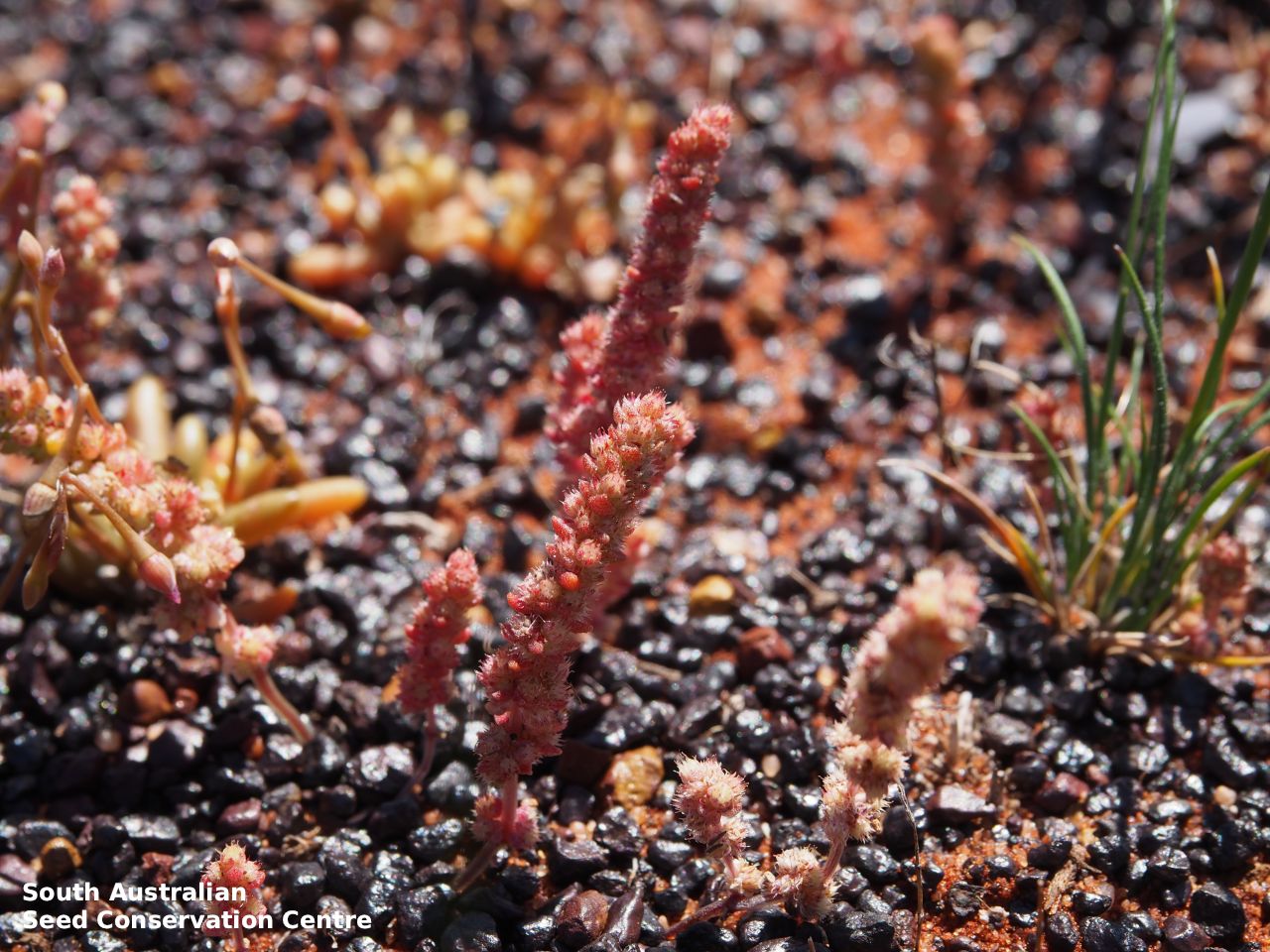
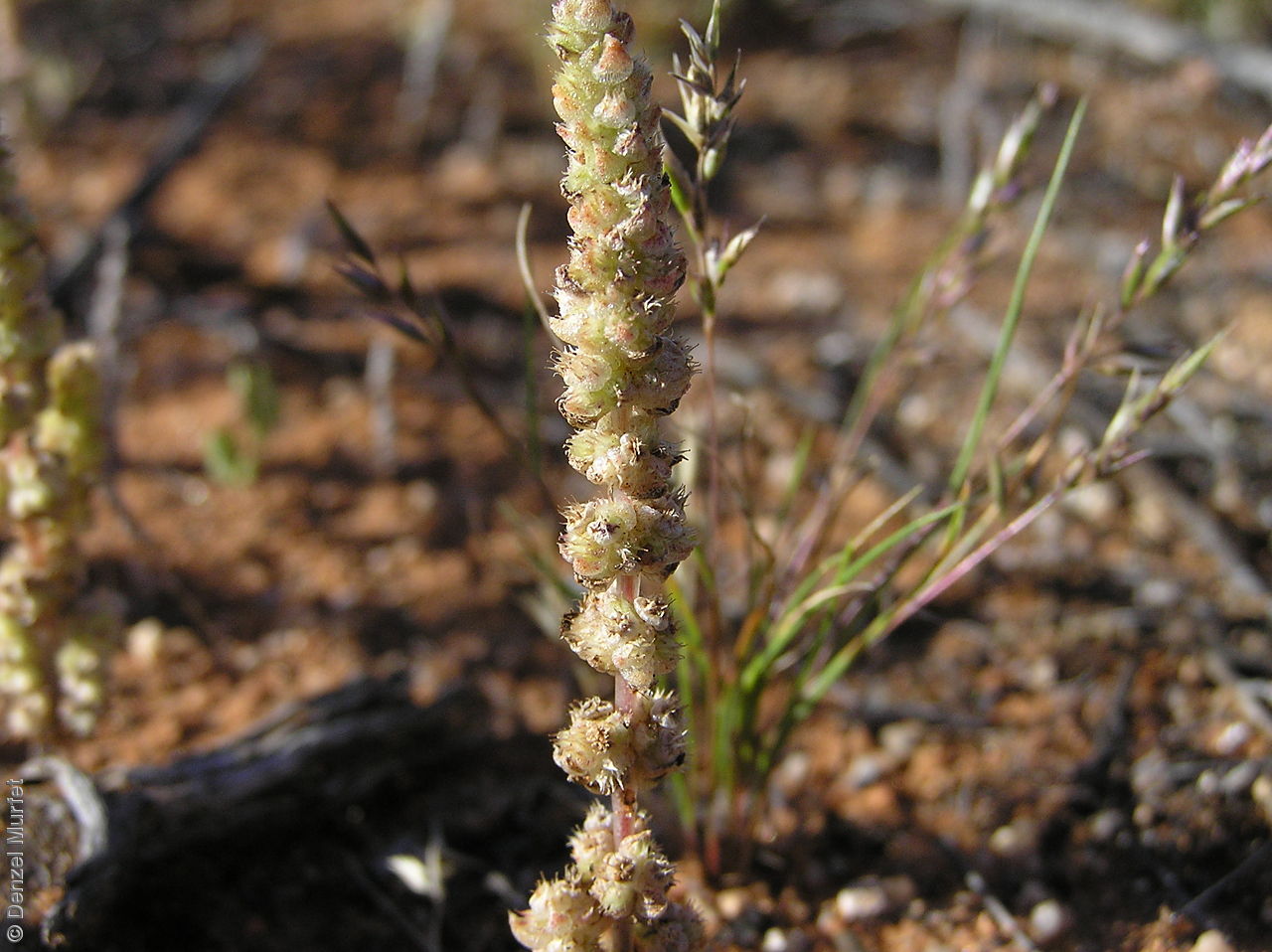

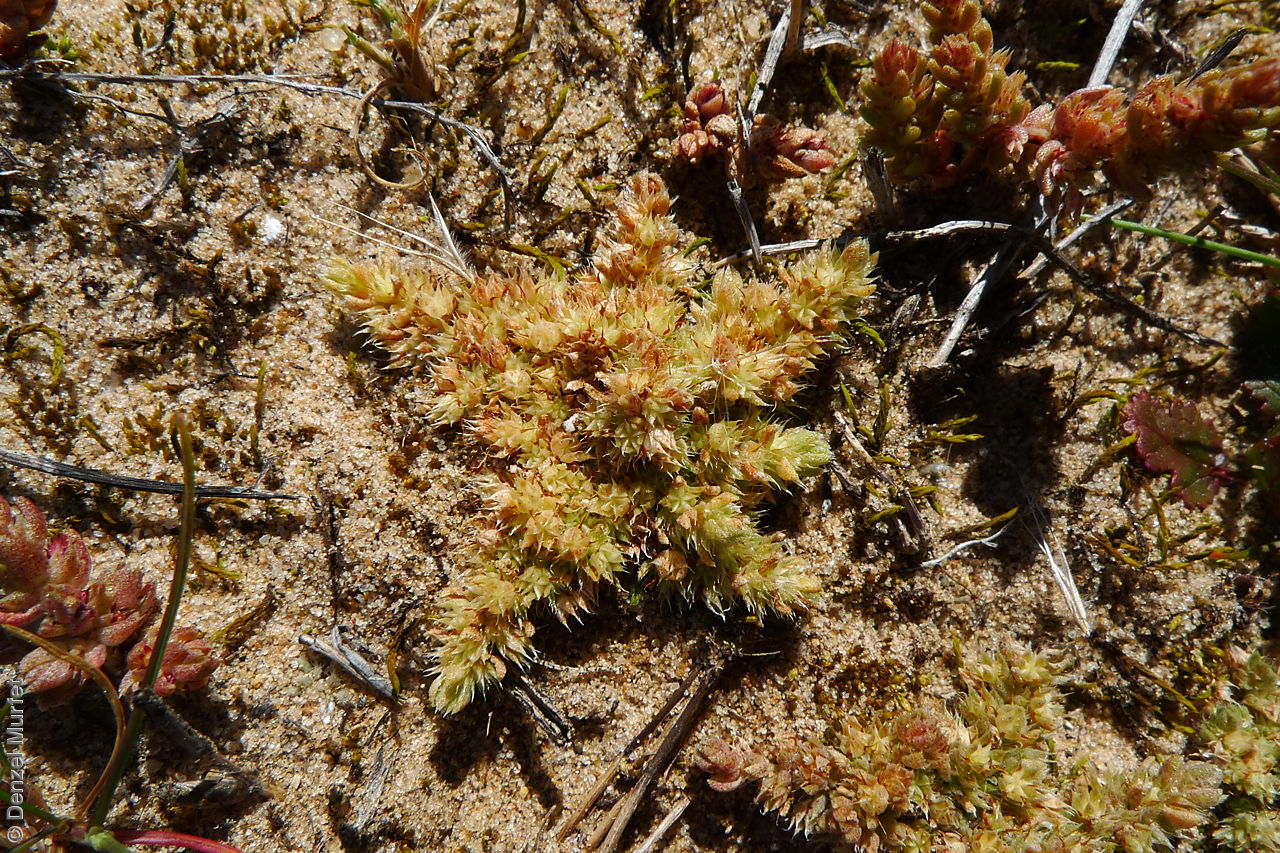
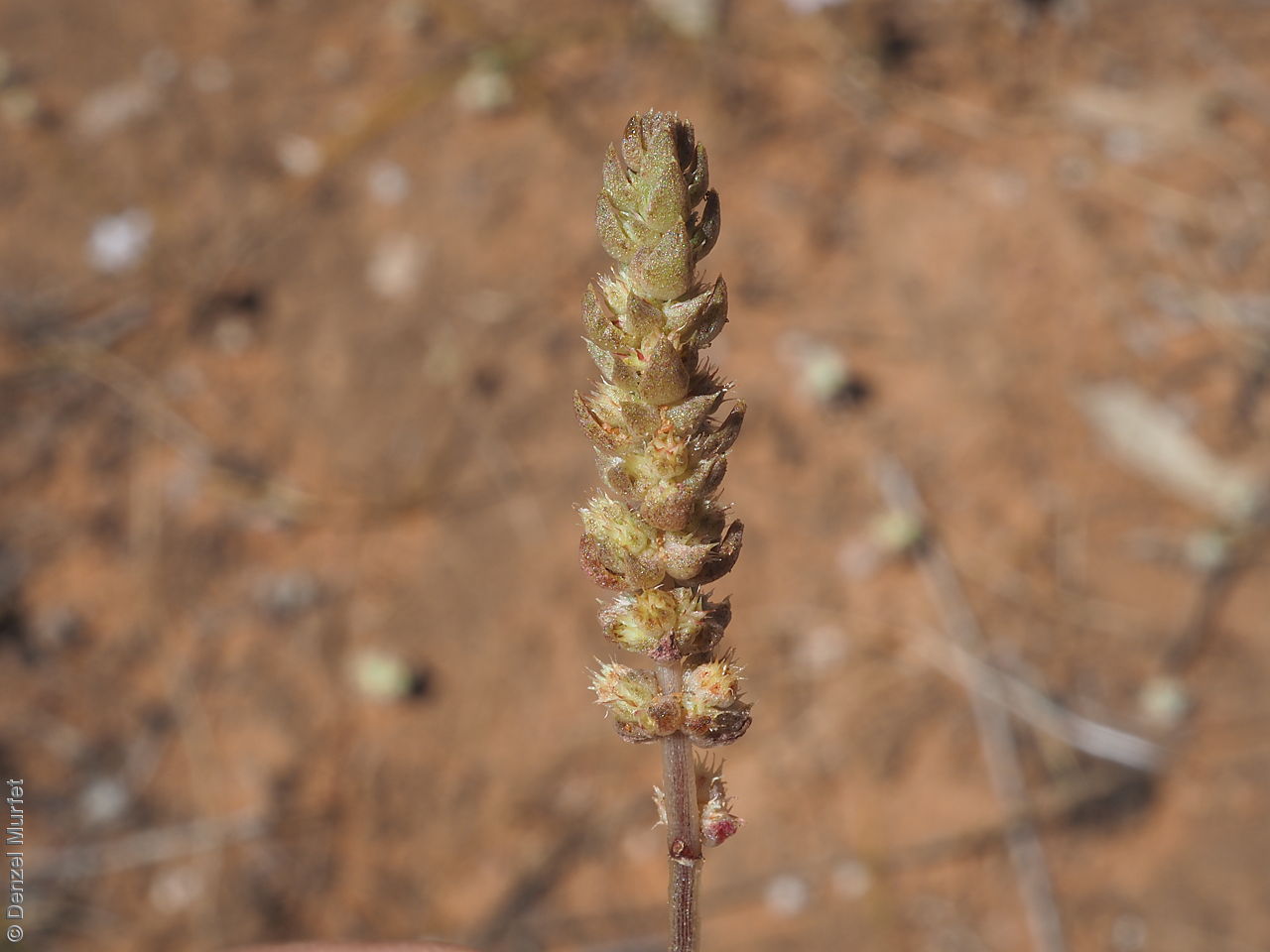
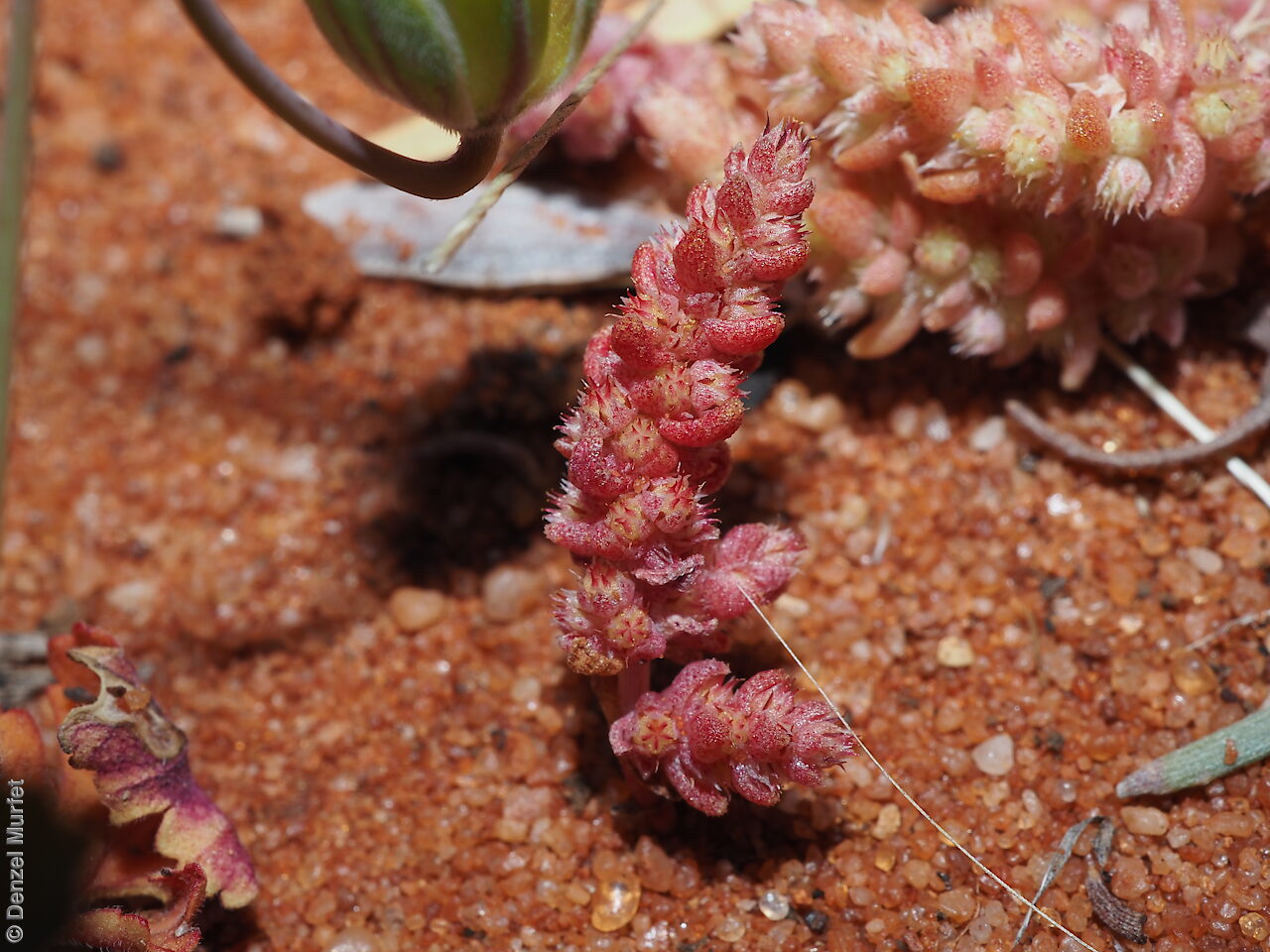
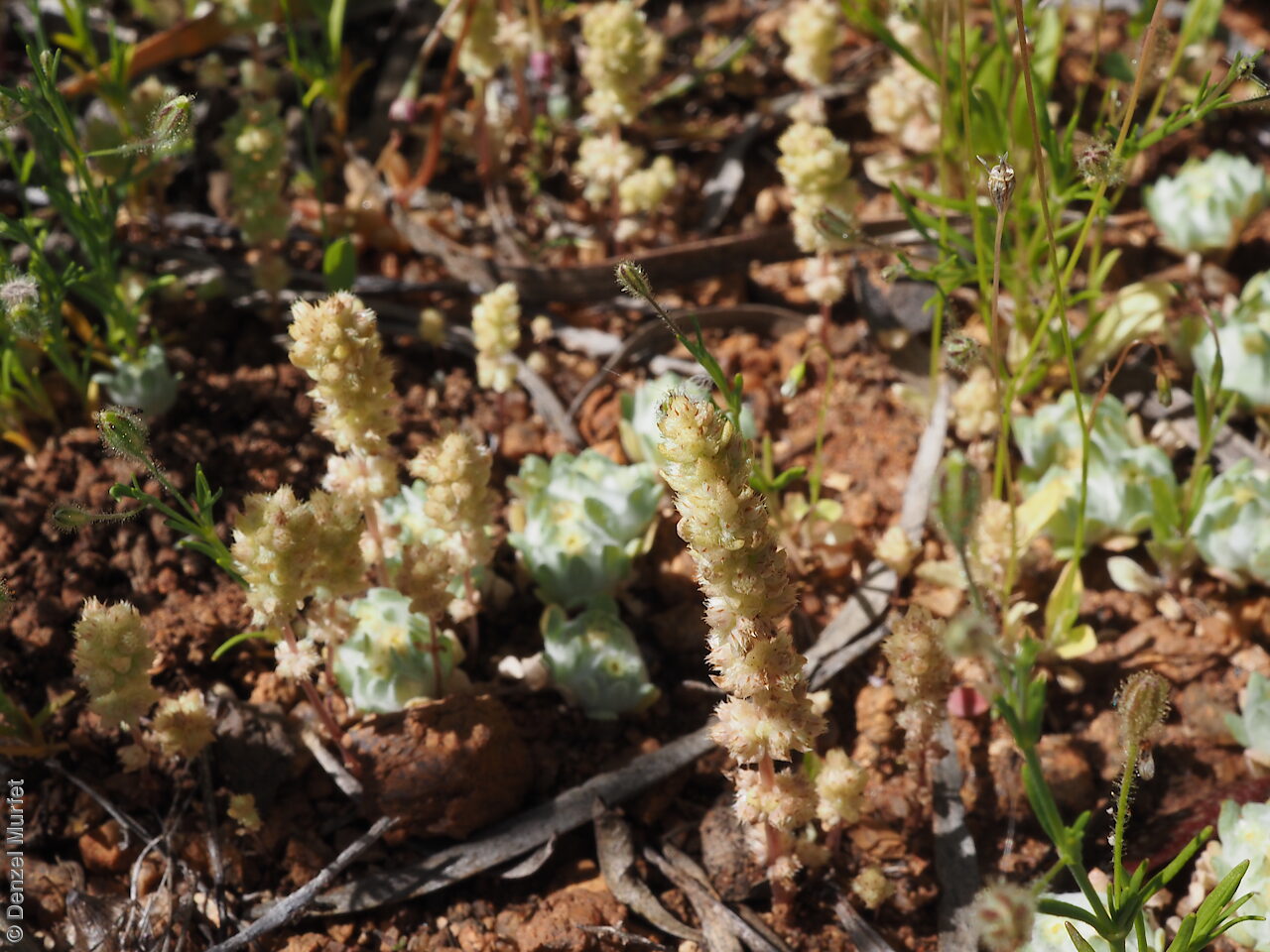
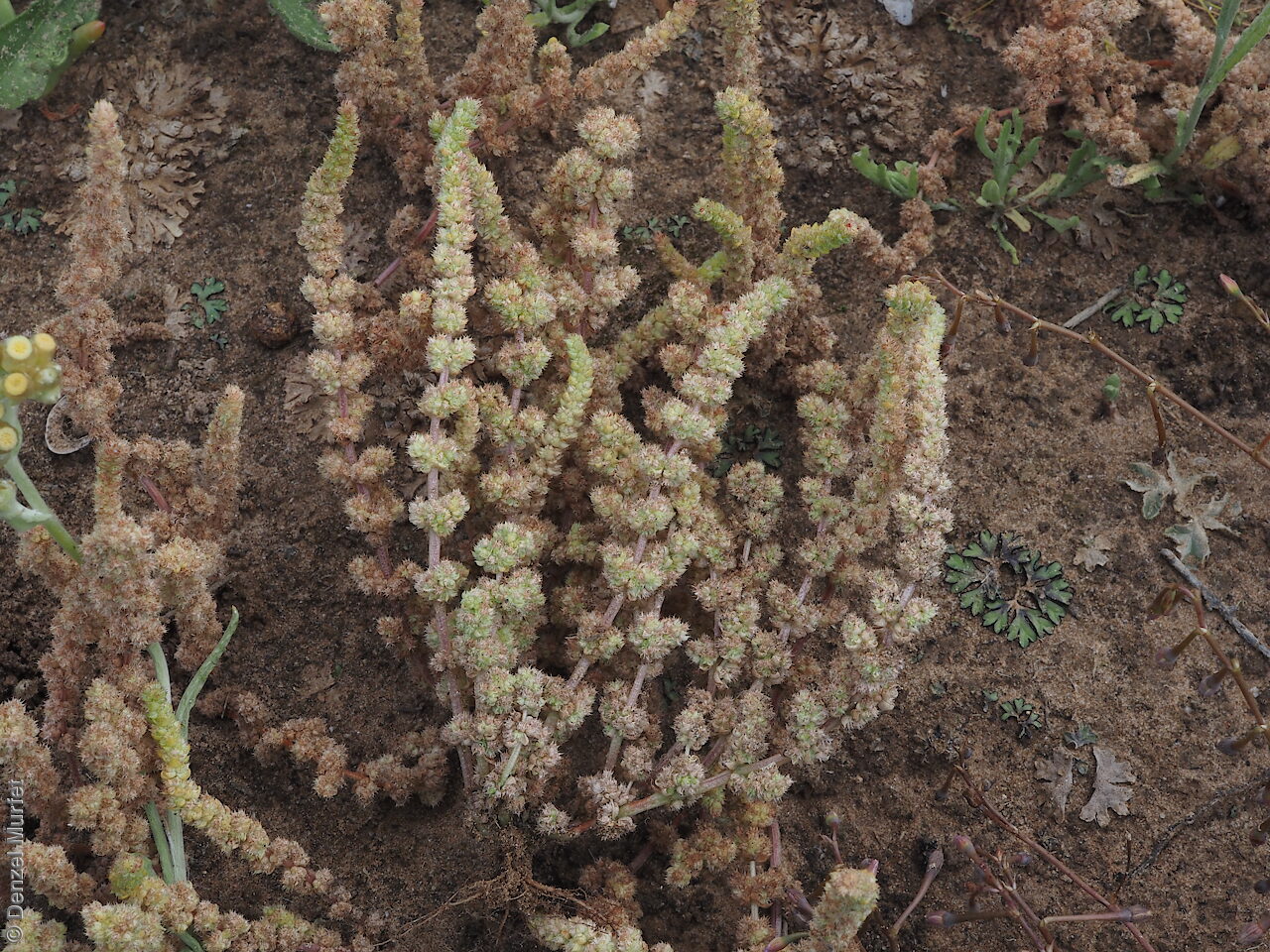
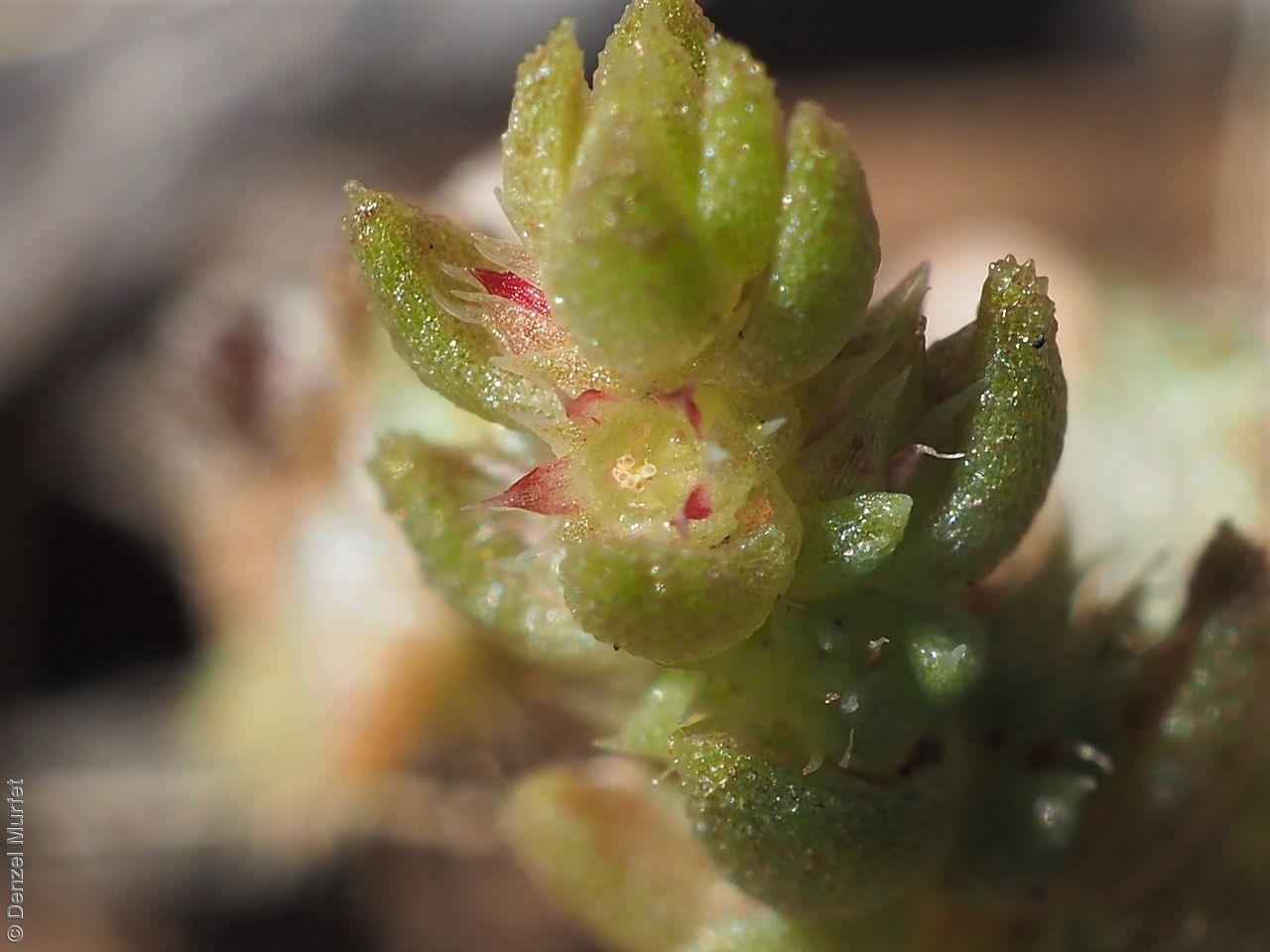
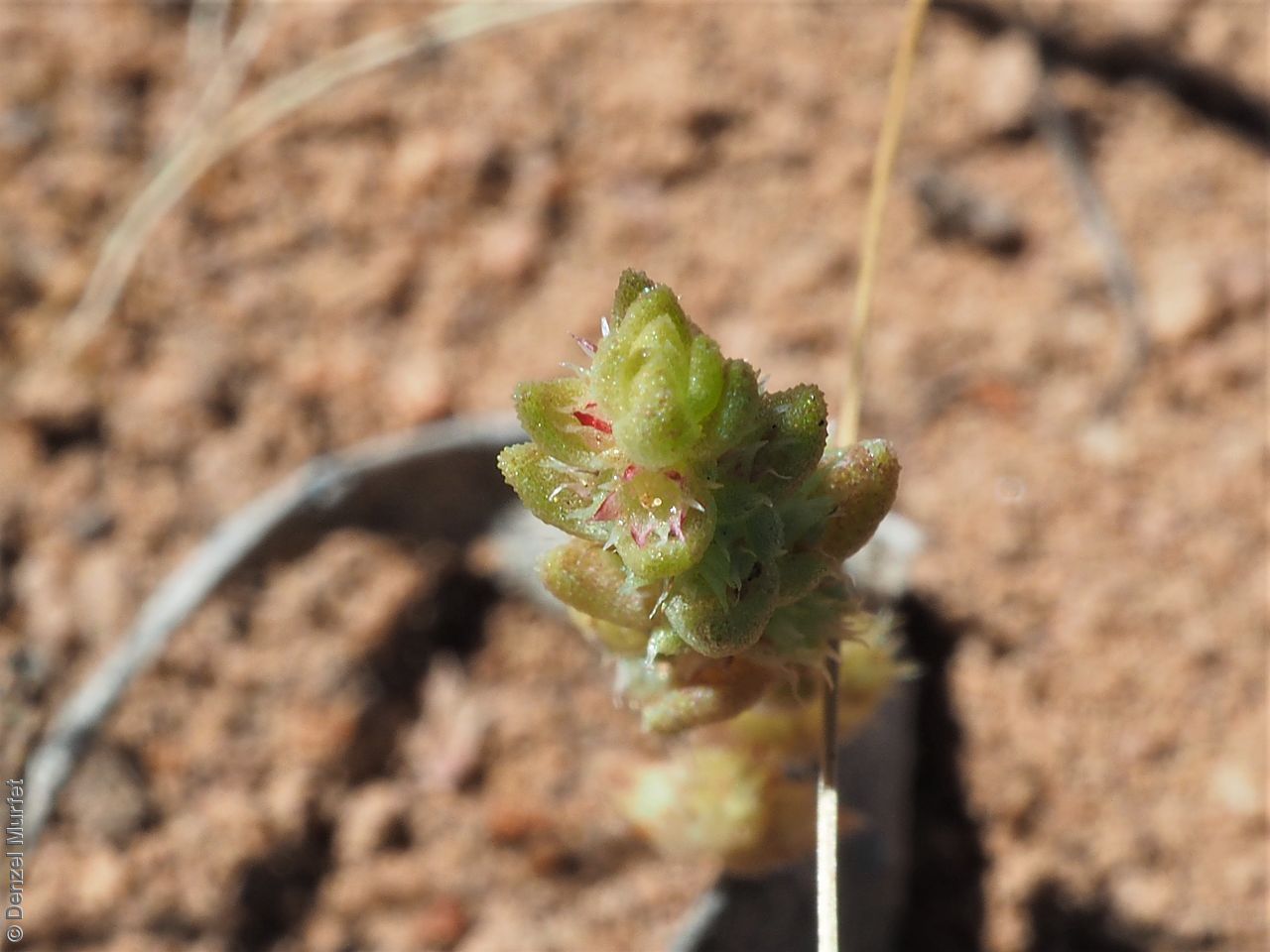
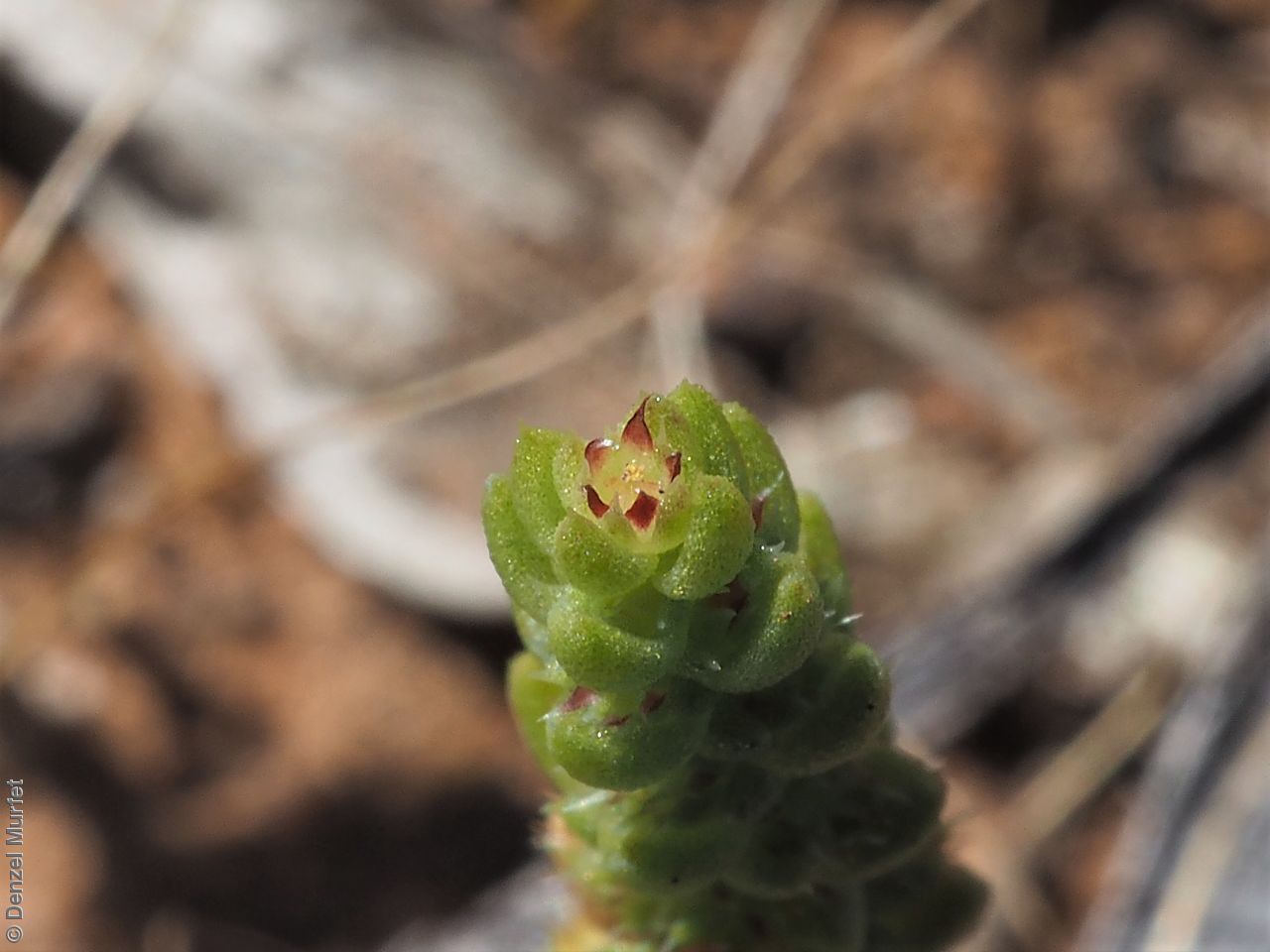
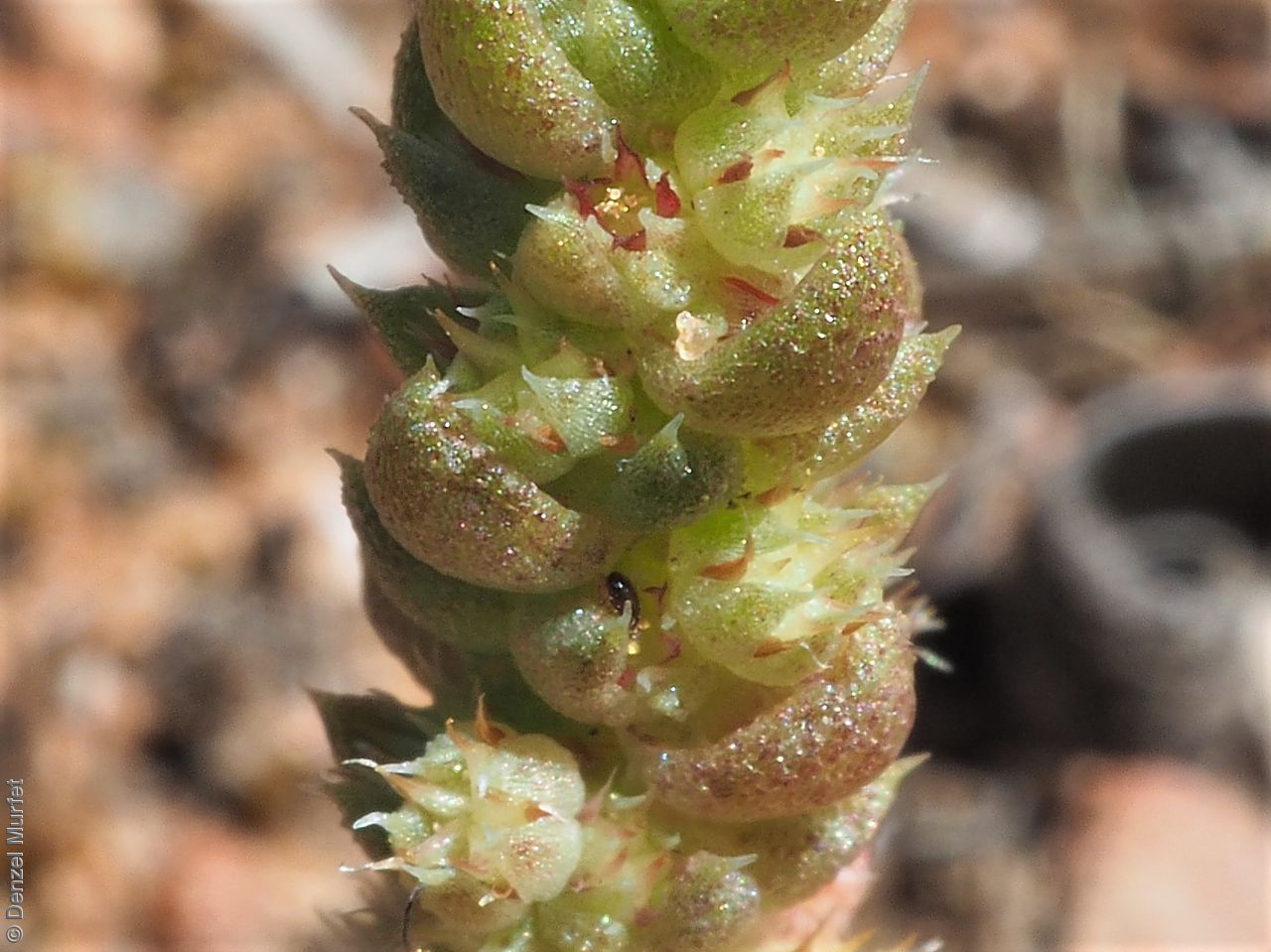
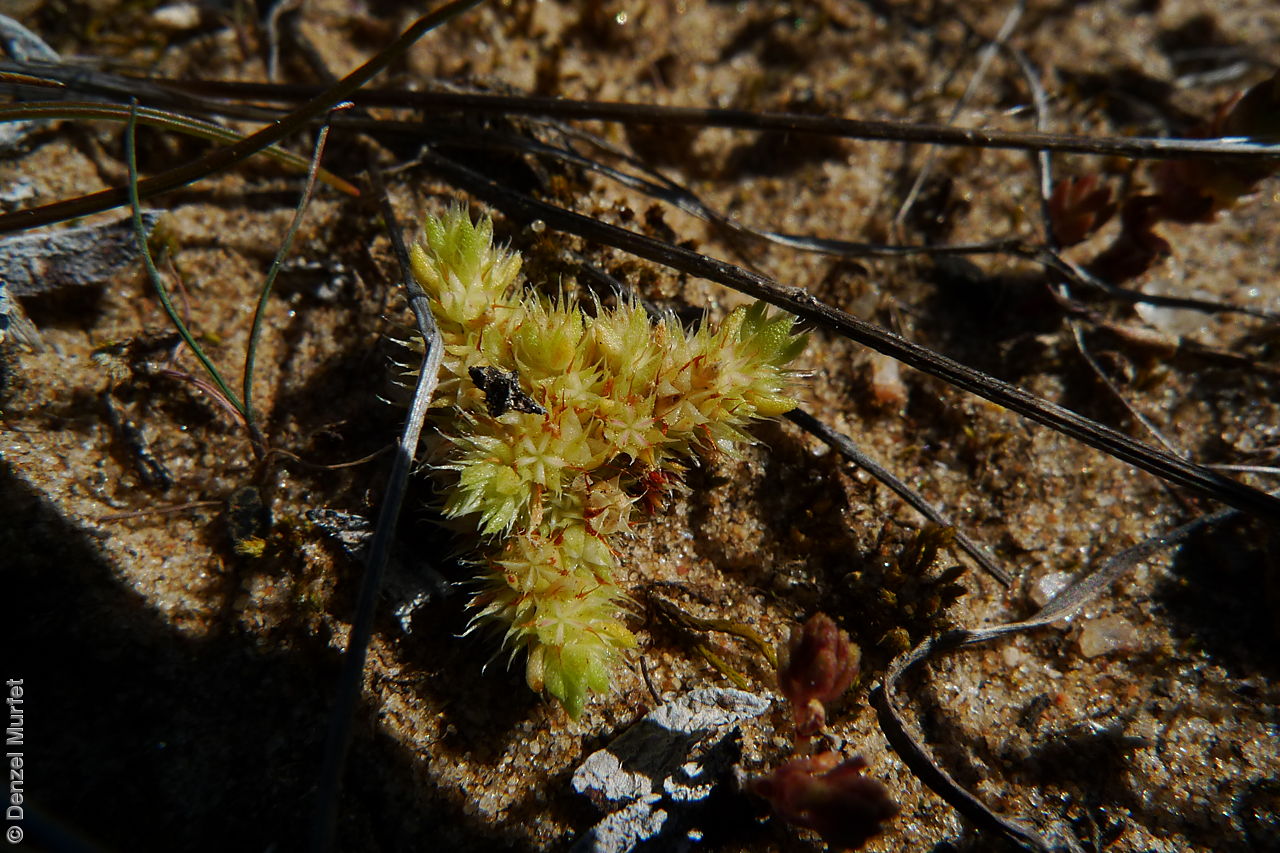
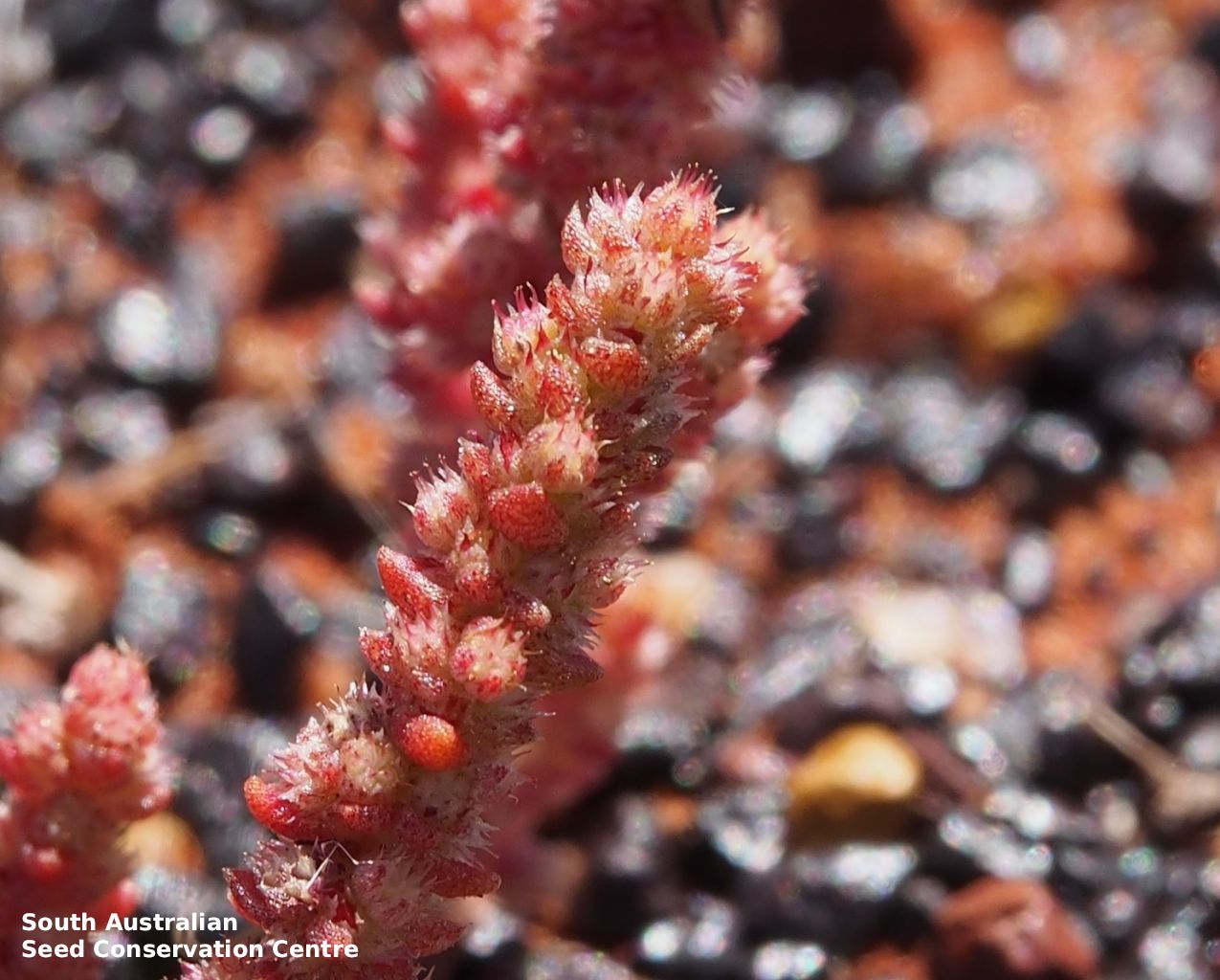
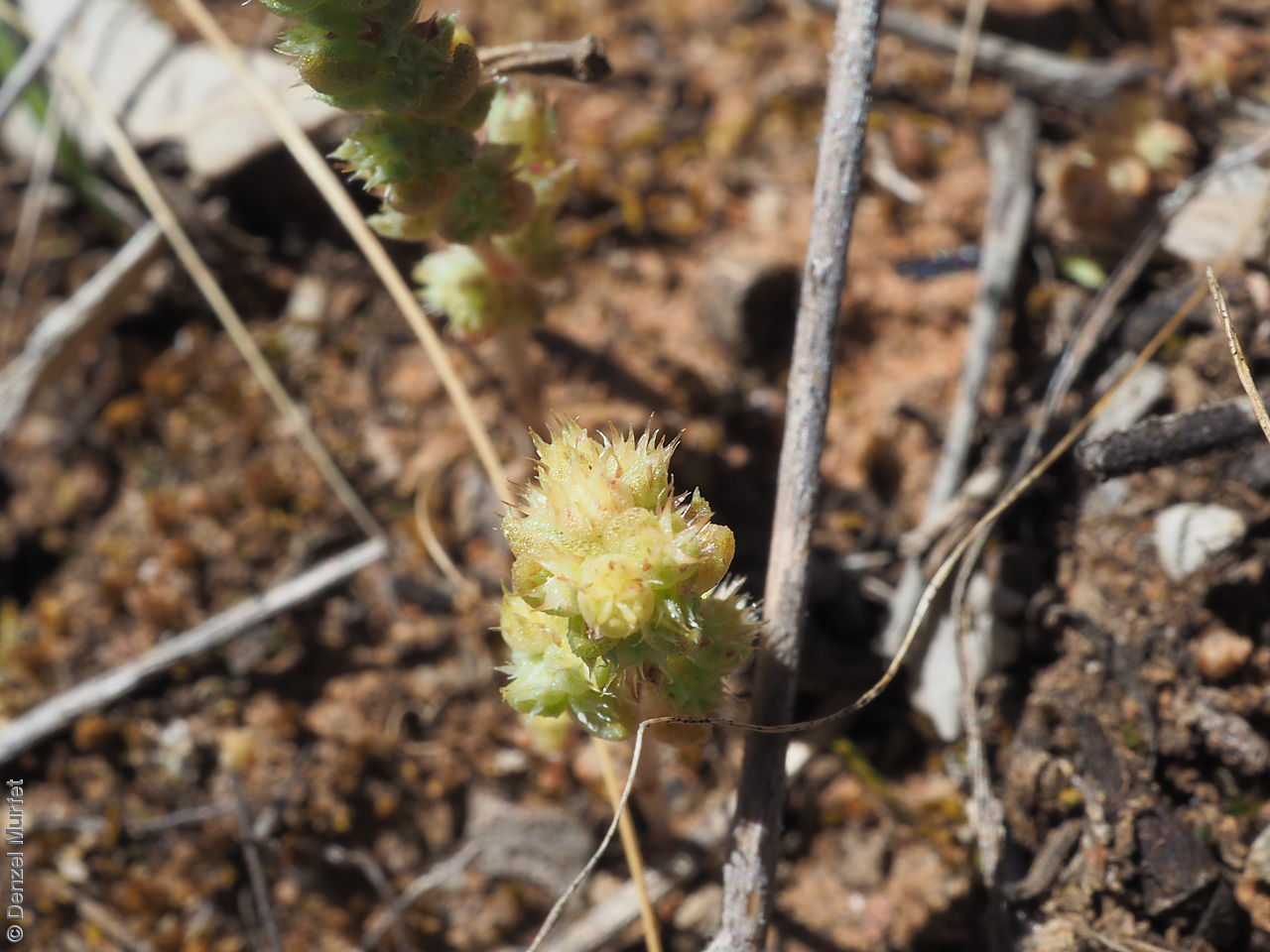
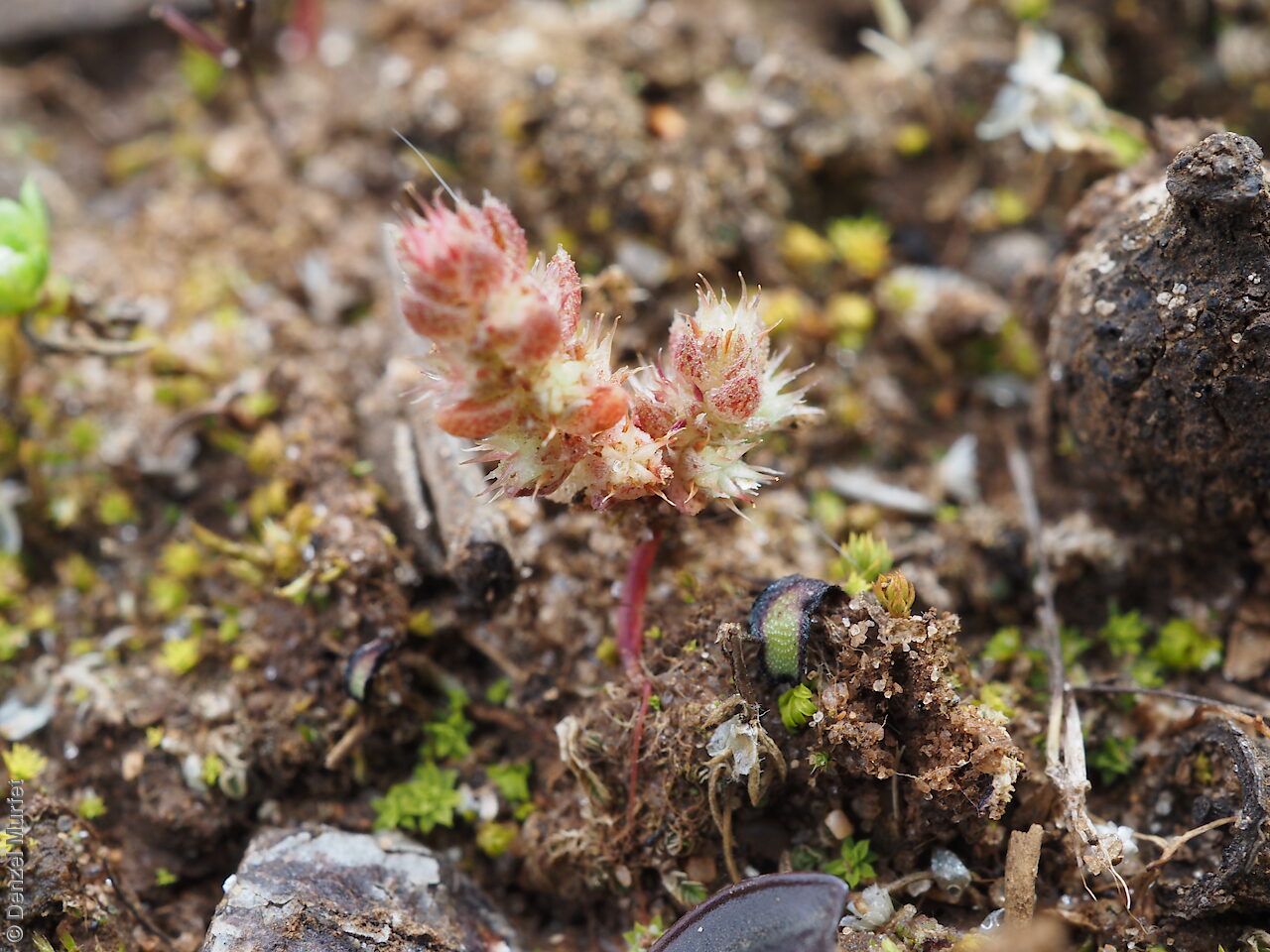

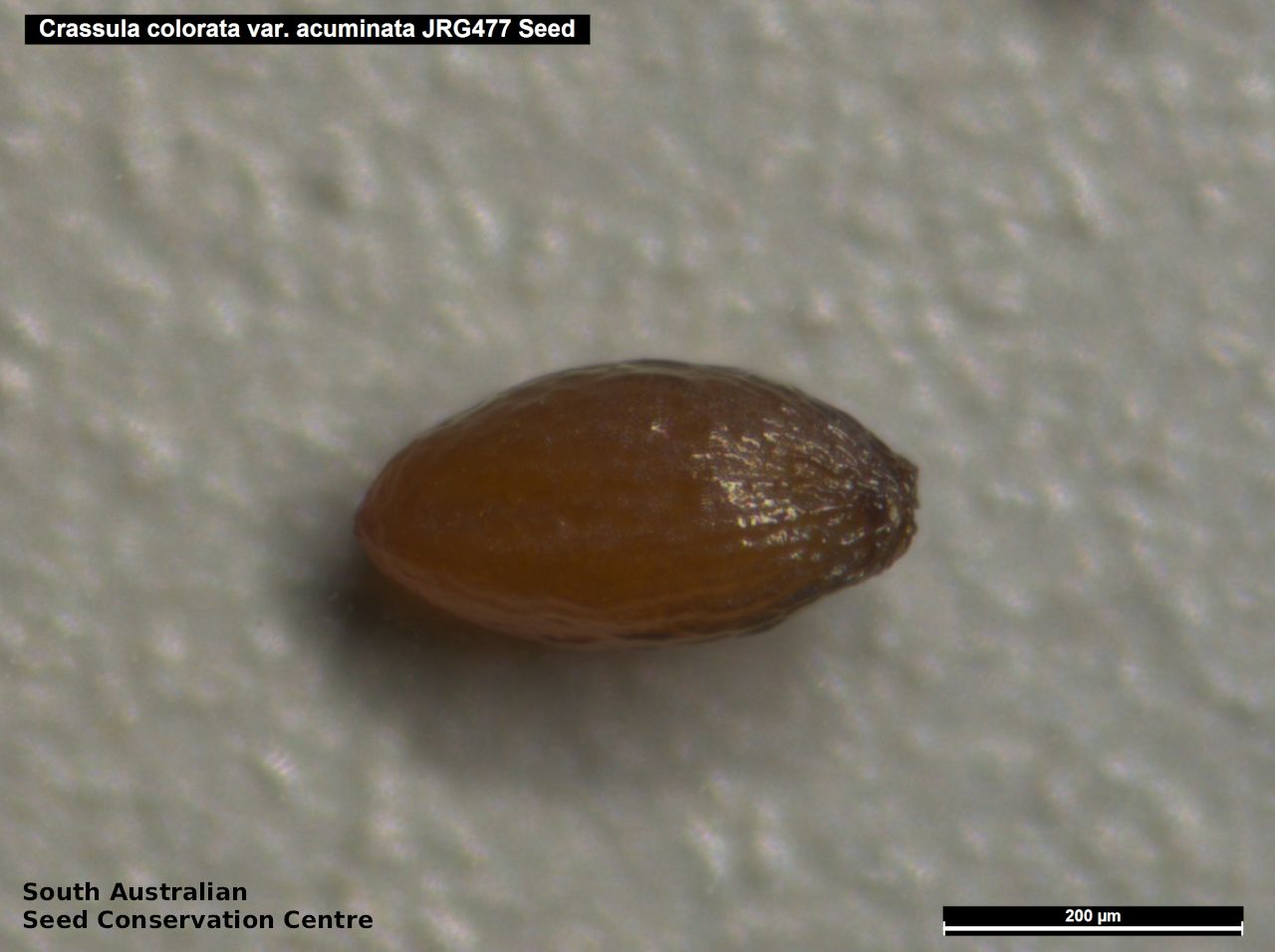
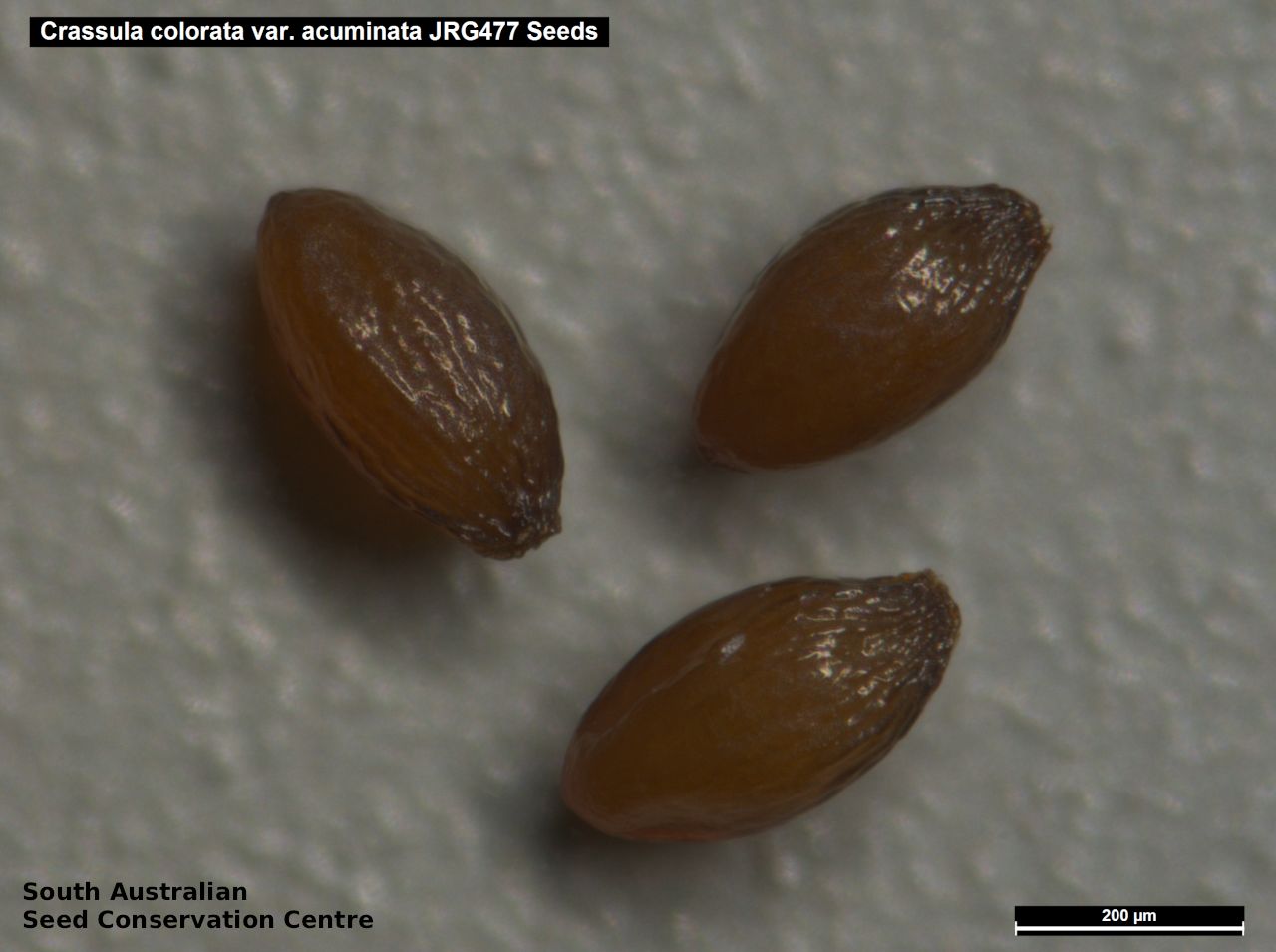
Regional Species Conservation Assessments per IBRA subregion.

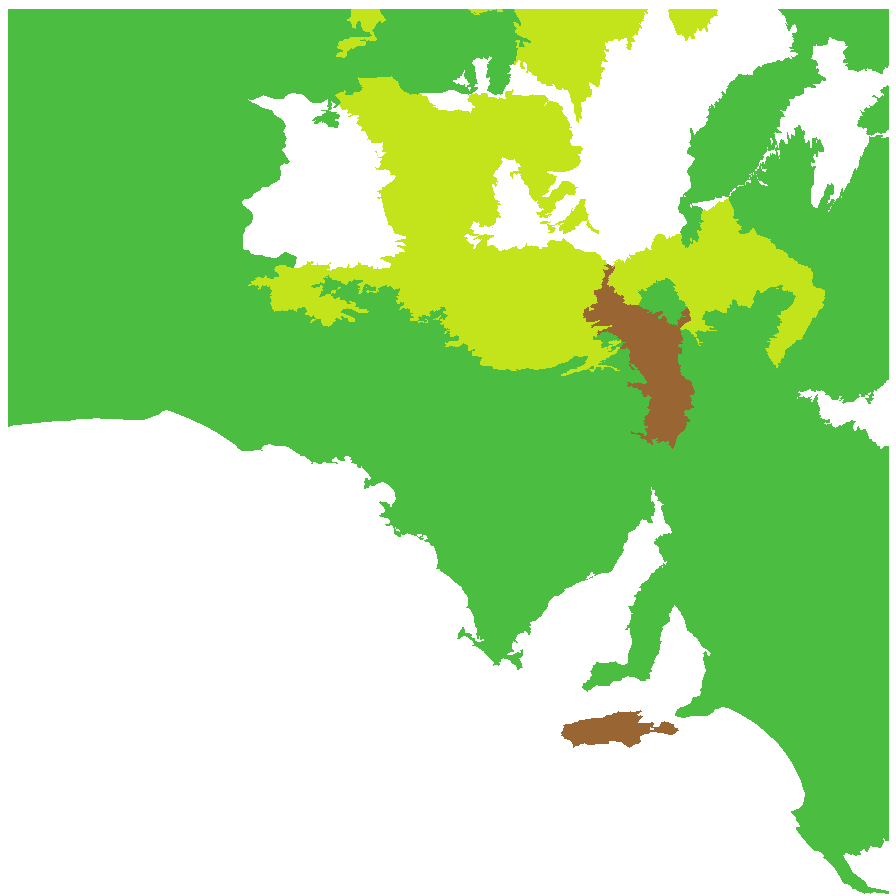
Least concern
Near threatened
Rare
Vulnerable
Endangered
Critically endangered
Extinct
Data deficient
Adelaide
Arkaroola
Ceduna
Coober Pedy
Hawker
Innamincka
Marla
Marree
Mount Gambier
Oodnadatta
Renmark
Wudinna
Keith
Yunta
Display IBRA region text
| Bridgewater (NCP01) | Naracoorte Coastal Plain | Least Concern |
| Lucindale (NCP03) | | Least Concern |
| Tintinara (NCP04) | | Least Concern |
| Kangaroo Island (KAN01) | Kanmantoo | Rare (IUCN: RA d(ii)) [probably undercollected] |
| Fleurieu (KAN02) | | Least Concern [common on roadsides ] |
| Mount Lofty Ranges (FLB01) | Flinders Lofty Block | Least Concern |
| Broughton (FLB02) | | Least Concern |
| Olary Spur (FLB03) | | Least Concern |
| Southern Flinders (FLB04) | | Least Concern |
| Northern Flinders (FLB05) | | Least Concern |
| Central Flinders (FLB06) | | Least Concern |
| Southern Yorke (EYB01) | Eyre Yorke Block | Least Concern |
| St Vincent (EYB02) | | Least Concern |
| Eyre Hills (EYB03) | | Least Concern |
| Talia (EYB04) | | Least Concern |
| Eyre Mallee (EYB05) | | Least Concern |
| South Olary Plain (MDD01) | Murray Darling Depression | Least Concern [weedy spp.] |
| Murray Mallee (MDD02) | | Least Concern [weedy spp.] |
| Murray Lakes and Coorong (MDD03) | | Least Concern [undercollected ] |
| Lowan Mallee (MDD04) | | Least Concern [weedy spp.] |
| Wimmera (MDD05) | | Least Concern |
| Braemer (MDD07) | | Least Concern |
| Murray Scroll Belt (RIV06) | Riverina | Least Concern [weedy spp.] |
| Myall Plains (GAW01) | Gawler | Least Concern |
| Gawler Volcanics (GAW02) | | Least Concern |
| Gawler Lakes (GAW03) | | Least Concern |
| Arcoona Plateau (GAW04) | | Least Concern |
| Kingoonya (GAW05) | | Least Concern |
| Torrens (GAW06) | | Rare (IUCN: RA d(ii)) |
| Roxby (GAW07) | | Near Threatened |
| Commonwealth Hill (GAW08) | | Near Threatened |
| Maralinga (GVD03) | Great Victoria Desert | Least Concern [could be undercollected] |
| Kintore (GVD04) | | Least Concern |
| Yellabinna (GVD06) | | Least Concern |
| Carlisle (NUL01) | Nullarbor | Least Concern [could be undercollected] |
| Nullarbor Plain (NUL02) | | Least Concern [could be undercollected] |
| Yalata (NUL03) | | Least Concern [could be undercollected] |
| Hampton (HAM01) | Hampton | Least Concern [could be undercollected] |
| Barrier Range (BHC01) | Broken Hill Complex | Least Concern |
| Bimbowrie (BHC05) | | Least Concern |
| Curnamona (BHC06) | | Least Concern |
| Simpson Desert (SSD02) | Simpson Strzelecki Dunefields | Near Threatened |
| Strzelecki Desert (SSD05) | | Data Deficient [query ID] |
| Breakaways (STP01) | Stony Plains | Near Threatened |
| Oodnadatta (STP02) | | Near Threatened |
| Murnpeowie (STP03) | | Near Threatened |
| Witjira (STP06) | | Least Concern |
| Baltana (STP07) | | Near Threatened |
| Sturt Stony Desert (CHC02) | Channel Country | Data Deficient |
| Mann-Musgrave Block (CER01) | Central Ranges | Least Concern |
| Watarru (CER02) | | Least Concern |
| Everard Block (CER03) | | Least Concern |
| Tieyon (FIN03) | Finke | Least Concern |
| Pedirka (FIN04) | | Least Concern |
| 3 of 4 subregions | Naracoorte Coastal Plain | Least Concern |
| 2 of 2 subregions | Kanmantoo | Least Concern , Rare |
| 6 of 6 subregions | Flinders Lofty Block | Least Concern |
| 5 of 5 subregions | Eyre Yorke Block | Least Concern |
| 6 of 6 subregions | Murray Darling Depression | Least Concern |
| Murray Scroll Belt (RIV06) | Riverina | Least Concern [weedy spp.] |
| 8 of 8 subregions | Gawler | Least Concern , Near Threatened , Rare |
| 3 of 4 subregions | Great Victoria Desert | Least Concern |
| 3 of 3 subregions | Nullarbor | Least Concern |
| Hampton (HAM01) | Hampton | Least Concern [could be undercollected] |
| 3 of 4 subregions | Broken Hill Complex | Least Concern |
| 2 of 4 subregions | Simpson Strzelecki Dunefields | Near Threatened , Data Deficient |
| 5 of 7 subregions | Stony Plains | Least Concern , Near Threatened |
| Sturt Stony Desert (CHC02) | Channel Country | Data Deficient |
| 3 of 3 subregions | Central Ranges | Least Concern |
| 2 of 2 subregions | Finke | Least Concern |
Botanical art
Kath Alcock paintings: 4
Prior names
Tillaea sieberana var. acuminata
Tillaea acuminata
Crassula colorata var. tuberculata
Common names
Dense Stonecrop
Dense Crassula
Etymology
Crassula the diminutive of the Latin 'crassus' meaning thick, alluding to the fleshy leaves and branches. Colorata from Latin meaning variegated, alluding to the variegated colour of the plant. Acuminata from Latin meaning tapering to a long point, referring to the follicle (fruiting capsule) which abruptly constrict at the apex into slender style.
Distribution and status
Found scattered across South Australia, growing in a wide range of habitats. Also found in all mainland states. Native. Common in South Australia. Common in the other States.
Herbarium regions: North Western, Lake Eyre, Nullarbor, Gairdner-Torrens, Flinders Ranges, Eastern, Eyre Peninsula, Northern Lofty, Murray, Yorke Peninsula, Southern Lofty, South Eastern, Green Adelaide
NRM regions: Adelaide and Mount Lofty Ranges, Alinytjara Wilurara, Eyre Peninsula, Northern and Yorke, South Australian Arid Lands, South Australian Murray-Darling Basin, South East
AVH map: SA distribution map (external link)
Plant description
Annual herb with erect stems to 15 cm long, little branched and mainly from the base. Leaves succulent, lanceolate to 6 mm long and 4 mm wide, slightly but abruptly constricted towards the base; flat to slightly convex above, more or less convex below, green to reddish-brown. Inflorescence in the axils of leaf-like bracts with pale-yellow to red flowers. Flowering between August and November. This variety differs from the other variety found in South Australia by have follicles (fruit capsule) almost cylindrical and slightly laterally compressed, abruptly constricted in the lower third and gradually constricted into a slender style, with a cluster of crustaceous brown tubercles in the lower third but otherwise membranous, whereas Crassula colorata var. colorata has follicles laterally compressed, slightly constricted at the base, gradually constricted into slender styles; smooth, membranous, usually pale. Fruits are small pale brown capsules in clusters along the stems. Seeds are tiny brown ellipsoid seed to 0.4 mm long and 0.2 mm wide, smooth.
Seed collection and propagation
Collect seeds between September and December. Collect whole plants that are drying off, turning red-brown with mature fruit-spikes. These will contain very small brown seeds when rubbed with your fingers. Place the plants in a tray and leave to dry for two weeks. Then rub the plants gently by hand or with a rubber bung to dislodge the seeds. Use a sieve to separate the unwanted material. Be very careful as the seeds are very small. Store the seeds with a desiccant such as dried silica beads or dry rice, in an air tight container in a cool and dry place. Seed viability is usually.
| Location | No. of seeds
(weight grams) | Number
of plants | Date
collected | Collection number
Collection location | Date
stored | % Viability | Storage
temperature | | BGA | 270,000 (6.4 g) | 50 | 1-Oct-2007 | RJB74761
South Eastern | 19-Sep-2008 | 95% | -18°C |
Location: BGA — the seeds are stored at the Adelaide Botanic Gardens, MSB — the seeds are stored at the Millennium Seed Bank, Kew, England.
Number of plants: This is the number of plants from which the seeds were collected.
Collection location: The Herbarium of South Australia's region name.
% Viability: Percentage of filled healthy seeds determined by a cut test or x-ray.




















